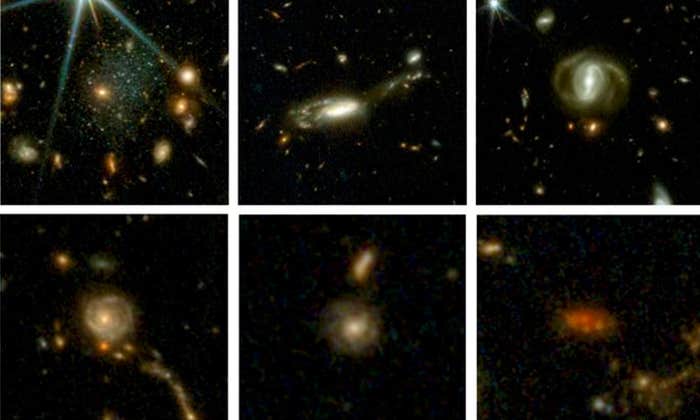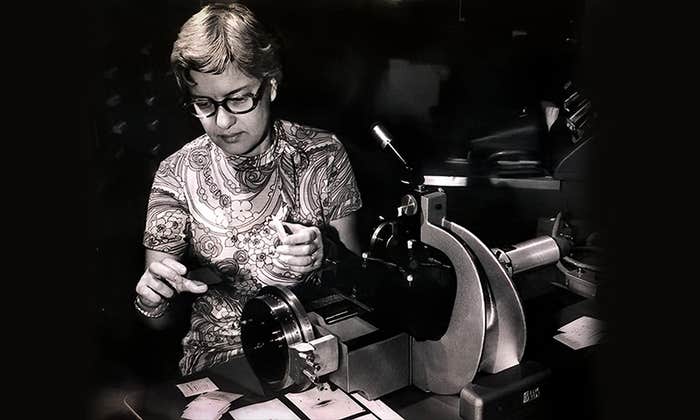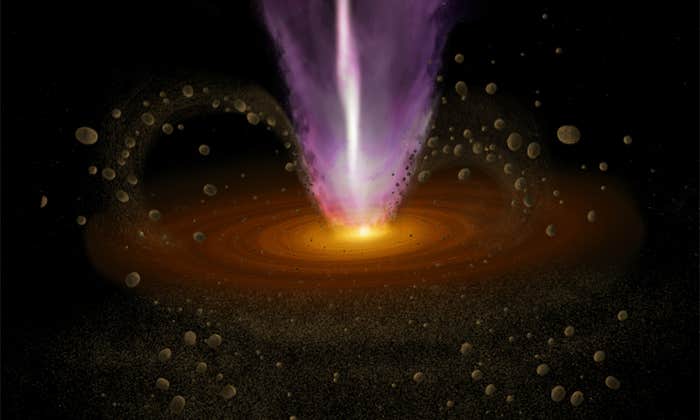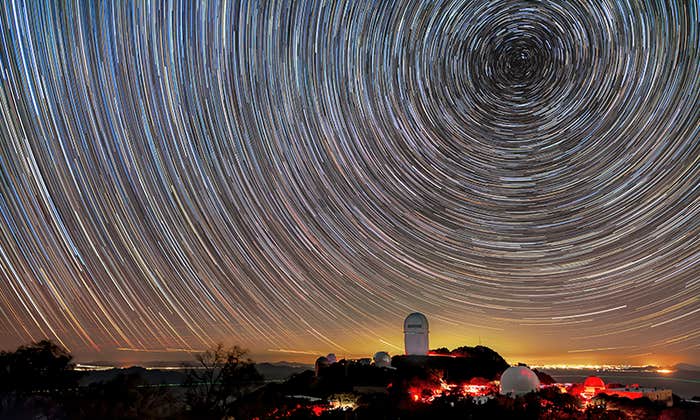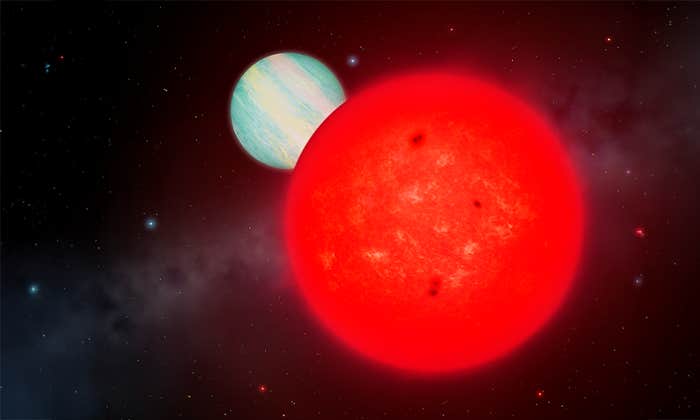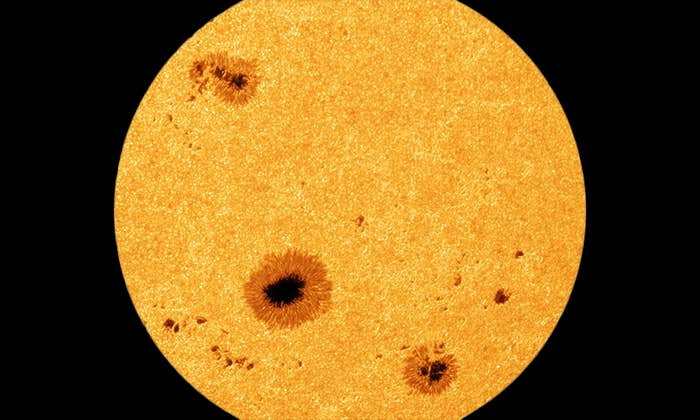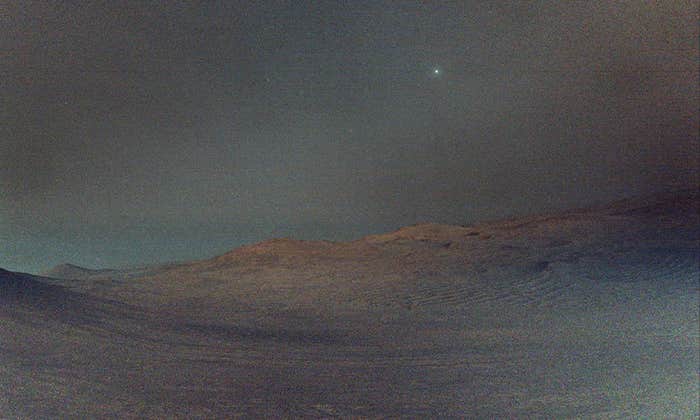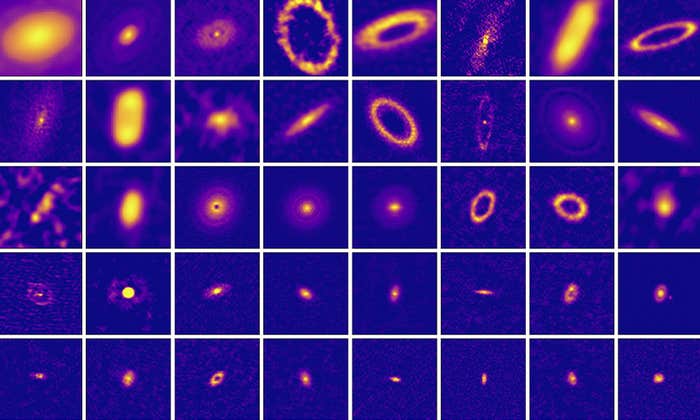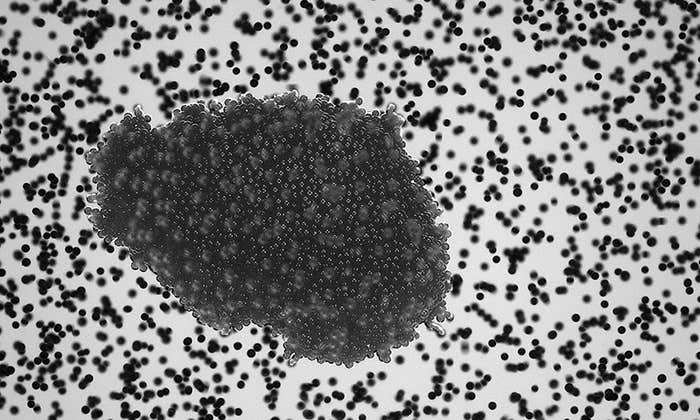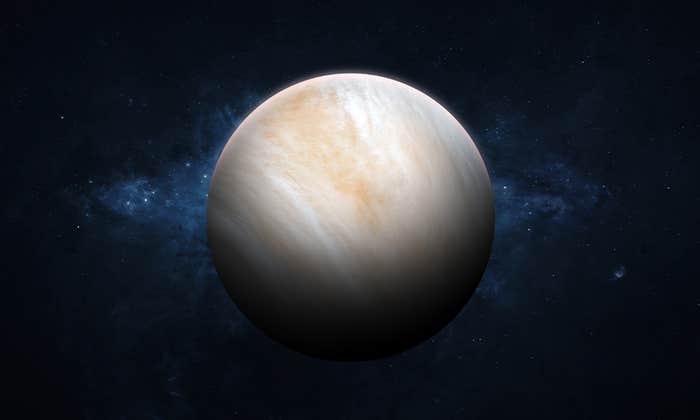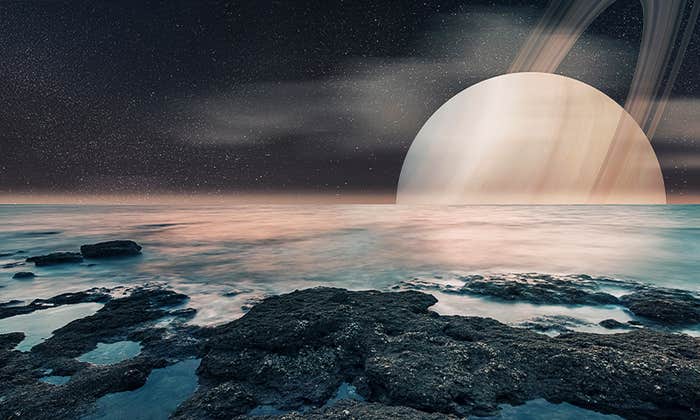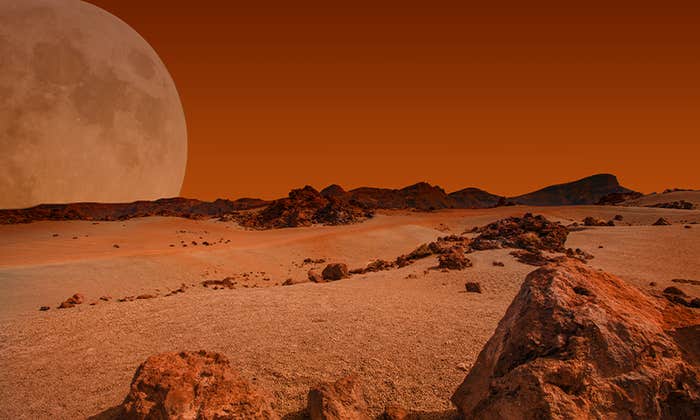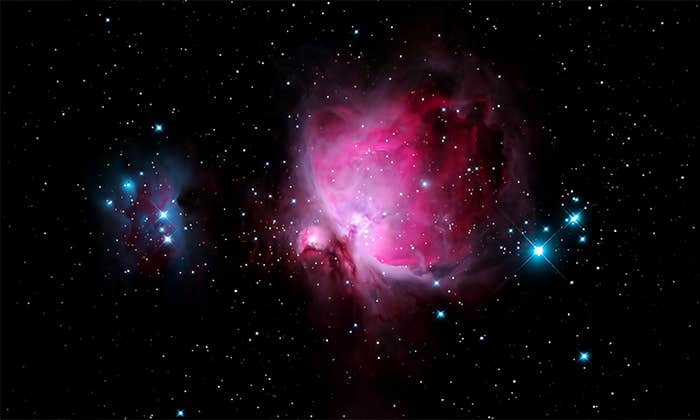Astronomy
309 articles-
Rethinking the Big Bang
The largest map of the universe reveals giants at the birth of the universe -
The Woman Behind the World’s Biggest Camera
Vera Rubin overcame abundant obstacles to become a leading light in cosmology -
How to Build a Planet from Dust
The answer is blowing in the (stellar) wind -
Stranger Things in the Universe
New data about dark energy is a reminder that cosmology is a never-ending story -
A Tiny Star Poses Big Questions
A small red dwarf seems to have birthed a hulking gas giant, upending prevailing theories of planet formation -
View the Sun’s Freckles Closer Than Ever
A telescope upgrade offers an unusually crisp look at solar chaos -
A Clear View of the Sun’s Fireworks
Optical advances yield an unprecedented look at the corona dancing around our nearest star -
A Mars Moon Rises at Dawn
The image hints at a longstanding mystery -
Moon Marbles Hint at Lunar Depths
A mantle-rocking asteroid impact could have made curious glass beads on the surface -
From the Debris of Halley’s Comet
This week, chunks of the famous comet will fall to Earth in the Eta Aquarids meteor shower
-
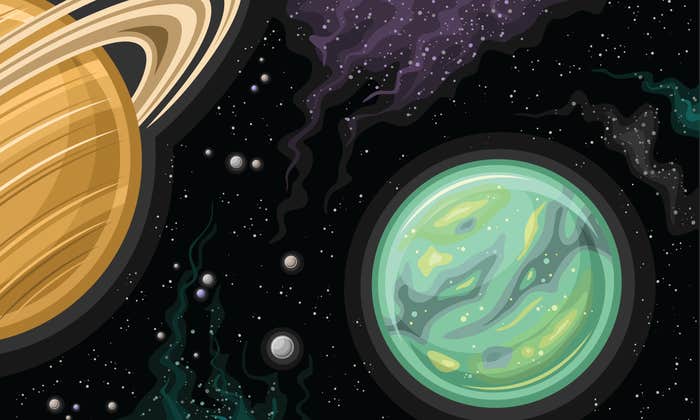
Why We Might Not Find Life on Titan
At most, its oceans may contain biomass equivalent to a small dog
-
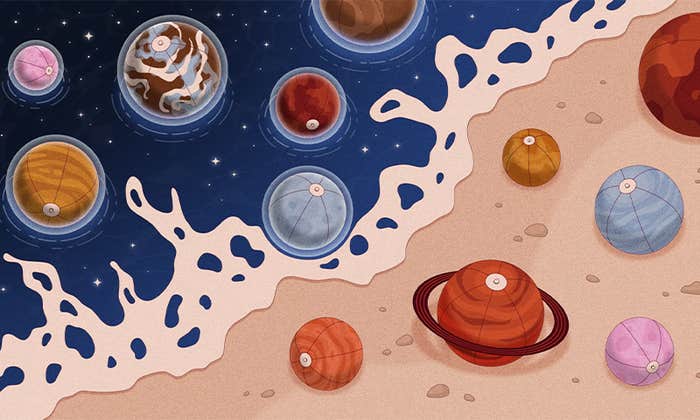
Searching for Alien Life Along the Cosmic Shoreline
How planets gain and lose atmospheres might give us a new map of where to look for life
-
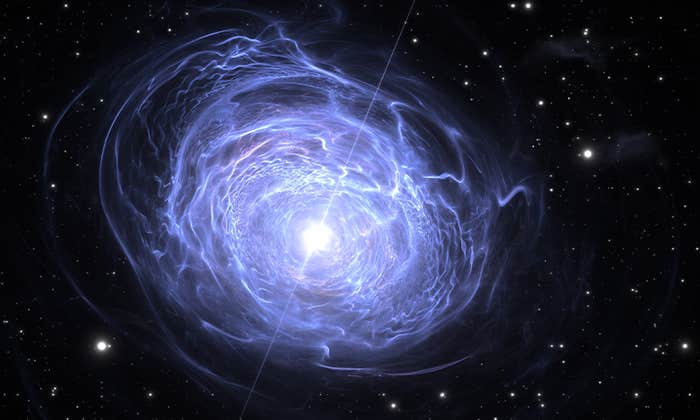
Neutron Stars Hint at Another Dimension
Are the mysterious stars clues to one of the greatest mysteries in the universe?
-
Ballooning Around Venus
A scientist floats a new idea for exploring Earth’s twin -
Intelligent Life May Be Hiding in the Moons
Why exomoons could sustain ET as well as any exoplanet -
The Slingshot Effect of Gravity
The pull of the planets is still one of our best bets for space exploration -
Bringing Mars Rocks to Earth
It’s a bigger challenge than we thought -
Star Siblings Tell Tales of Galactic Chaos
Stellar bodies from other galaxies are all around us.















